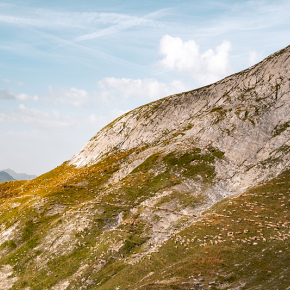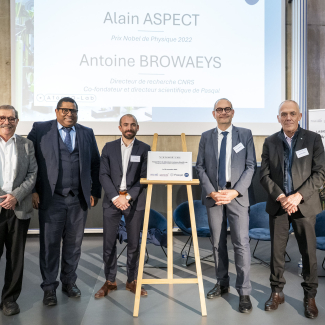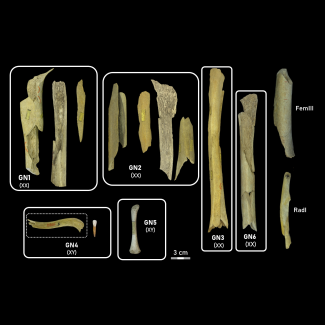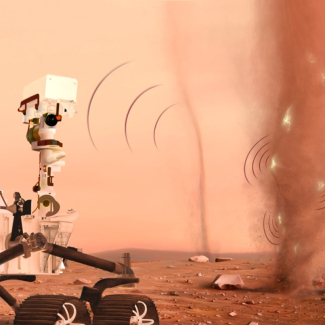
Soil erosion in mountain environments accelerated by agro-pastoral activities for 3,800 years
Over the last 3,800 years, agro-pastoral activities have accelerated alpine soil erosion at a pace 4-10 times faster than their natural formation. The history of this erosion has just been revealed for the first time by a research team led by a CNRS scientist1 . The team has shown that high-altitude soil was degraded first, under the combined effect of pastoralism and forest clearing to facilitate the movement of herds. Medium- and low-altitude soil was then eroded with the development of agriculture and new techniques such as the use of ploughs, from the late Roman period to the contemporary period. The study has also revealed that the acceleration of soil erosion in mountain environments by human activities did not begin everywhere in the world in synchronous fashion.
This research, which will be published in the journal PNAS during the week of 14 July, reinforces the conclusion of a previous study by the authors2 . In a global context of soil degradation affecting soil fertility, biodiversity, and water and carbon cycles, the authors are calling for the implementation of global protection measures.
These conclusions were obtained by comparing the isotope signature of lithium in sediments from Lake Bourget with those sampled from the rocks and soil of today. The samples were taken from the largest catchment area in the French Alps3 . The data obtained was then compared to that from other regions in the world4 . The DNA content in the sediments was also studied to identify the mammals and plants present during each period.
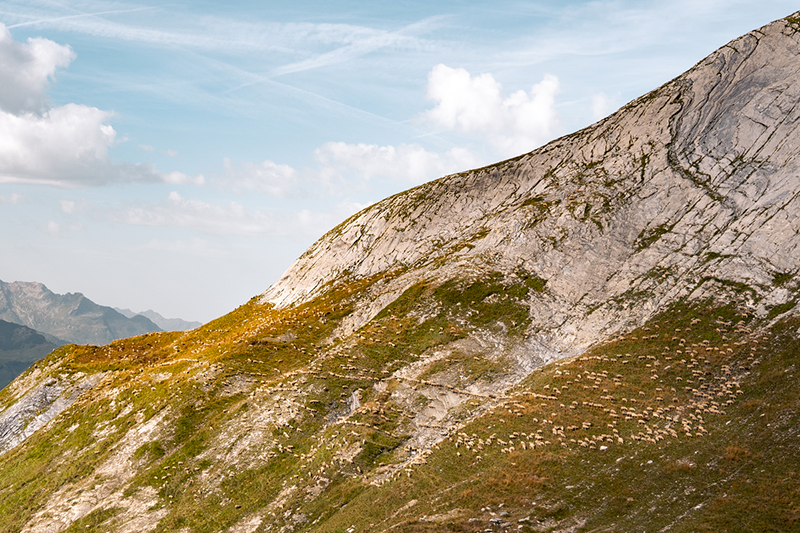
© Julia GARAGNON / LSCE / CNRS Images
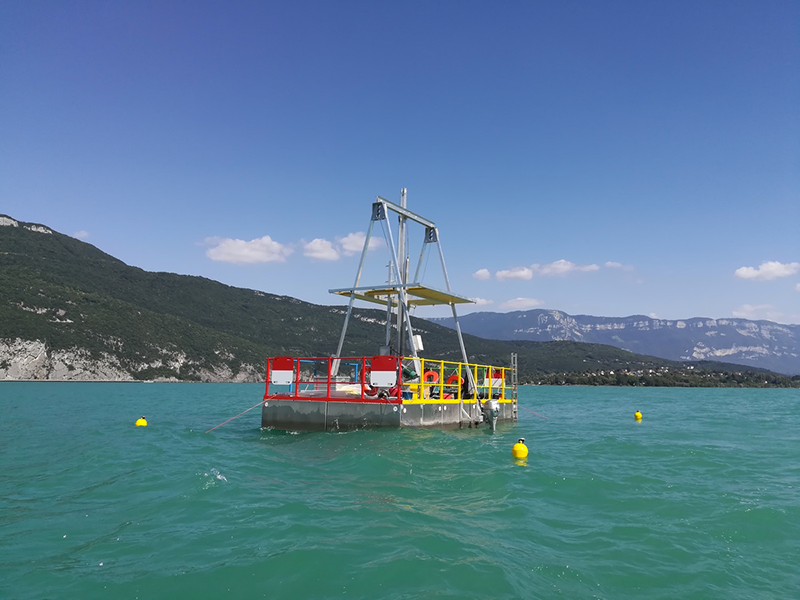
- 1From the Environments, Dynamics, and Mountain Territories Laboratory (CNRS/Université Savoie Mont Blanc) and the Paris Institute of Planetary Physics (CNRS/Institut de physique du globe de Paris/Université Paris Cité). The Paris-Saclay Geosciences Laboratory (CNRS/Université Paris-Saclay) was also involved. Scientists from l’Université Paris-Saclay, l’Université Savoie Mont Blanc, and the Paris Institute of Planetary Physics also took part in the research.
- 2//doi.org/10.1038/s41467-024-45123-3
- 3The catchment area in question extends from the Chambéry basin to the peak of Mont Blanc.
- 4The Andes and North America.
Human and climate impacts on the alpine Critical Zone over the past 10,000 years. William Rapuc, Damien Guinoiseau, Fabien Arnaud, Mathieu Dellinger, Pierre Sabatier, Jérôme Gaillardet, Jérôme Poulenard and Julien Bouchez. PNAS, week of 14 July 2025.
DOI : https://doi.org/10.1073/pnas.2506030122
